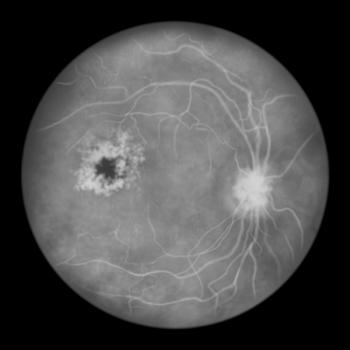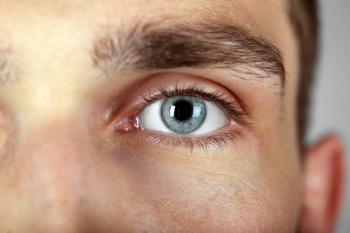
Eysuvis for DED
Lisa M. Nijm, MD, JD, educates on Eysuvis, an FDA-approved prescription therapeutic for dry eye disease.
Episodes in this series

Lisa M. Nijm, MD, JD: I’ve utilized Eysuvis for a lot of different patient types that have had great results. There are those who are just experiencing a short-term flare of dry eye—whether it’s from screen overuse, allergies, air-conditioning or fans. There are all kinds of triggers, as was mentioned earlier, that could cause a short-term flare.
There are also patients, as we’ve discussed, who have chronic dry eye disease and need chronic treatments with chronic therapy, such as Cequa, Xiidra, or Restasis. Those patients usually have more staining on the cornea to begin with, so they have more findings at the slit lamp when we examine them. Though I know they need a chronic treatment, those patients usually need something to be able to calm the eye, to break that cycle and tolerate the chronic treatment, because otherwise, their eye is going to be too sensitive to do well with a chronic therapy. I’ve also used Eysuvis for those patients in conjunction with chronic treatment, and they’ve done very well.
It’s a first-line treatment for short-term relief of dry eye signs and symptoms, and it can be utilized either as a standalone, which I’ve had great results with—even in patients with glaucoma, which was great because I was able to use it without concern about increasing the intraocular pressure because they have studies that show little-to-no increase in intraocular pressure. I’ve also used it with chronic patients who needed it as induction therapy.
Eysuvis has the largest clinical development program in dry eye to date. There were over 2000 patients in STRIDE 1, STRIDE 2, and STRIDE 3, which were the hallmark studies that obtained FDA approval. They looked at conjunctival hyperemia as baseline and then inferior and nasal corneal staining, as well as ocular discomfort. They met all the end points. STRIDE 1 and STRIDE 3 had statistically significant improvement in conjunctival hyperemia in day 8 for all 3 trials. That’s why they were able to obtain FDA approval for this first-in-class drug.
The other thing that’s really important to note with the clinical trial data is the instillation site pain was similar between the vehicle and Eysuvis. It was very low, which is great because we know a lot of treatments that we have, especially for patients with dry eye disease who are suffering at the time of those drops, can be difficult to start with it. The IOP [intraocular pressure] increased, which is always good to ask about when we’re talking about a steroid, but there were only 3 of 1400 patients in the Eysuvis trial that demonstrated increased pressure in the eye. That’s extremely significant and very comforting for eye care professionals utilizing Eysuvis, that they can prescribe it and have a very low incidence of increased pressure or any adverse effects.
Transcript edited for clarity.
Newsletter
Stay informed on drug updates, treatment guidelines, and pharmacy practice trends—subscribe to Pharmacy Times for weekly clinical insights.






















































































































































































































